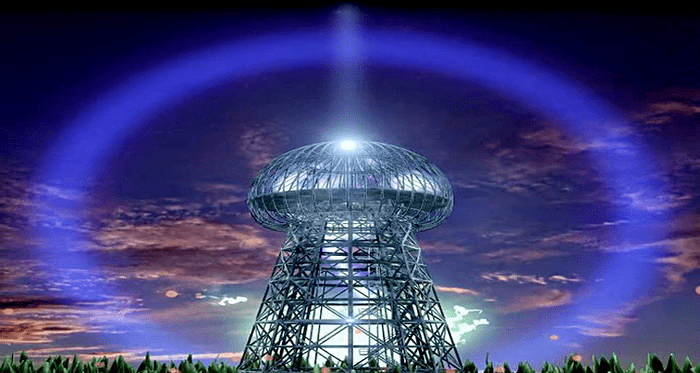Imagine recharge electronic devices without plugging in. The technology to transmit wireless electrical power already exists and it’s this post’s subject.
Origin
The first to transmit wireless electrical power was Nikola Tesla. In 1893, Tesla demonstrated wireless transmission lighting up phosphorescent lamps. In 1899, he lit 200 lamps and a motor at a 40 km distance. This is an energy transmission system using a resonance frequency.
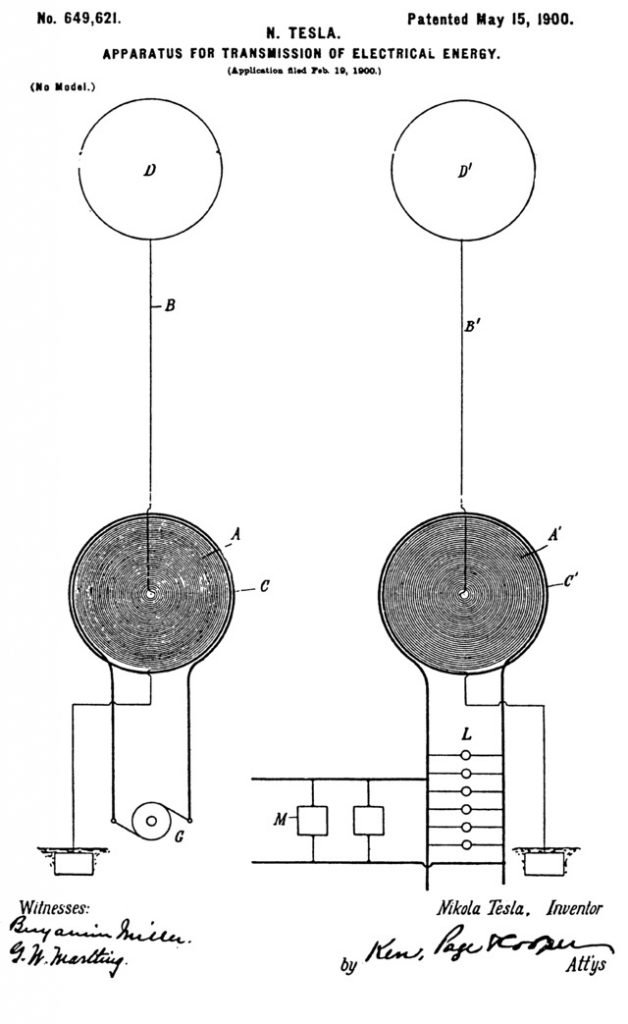
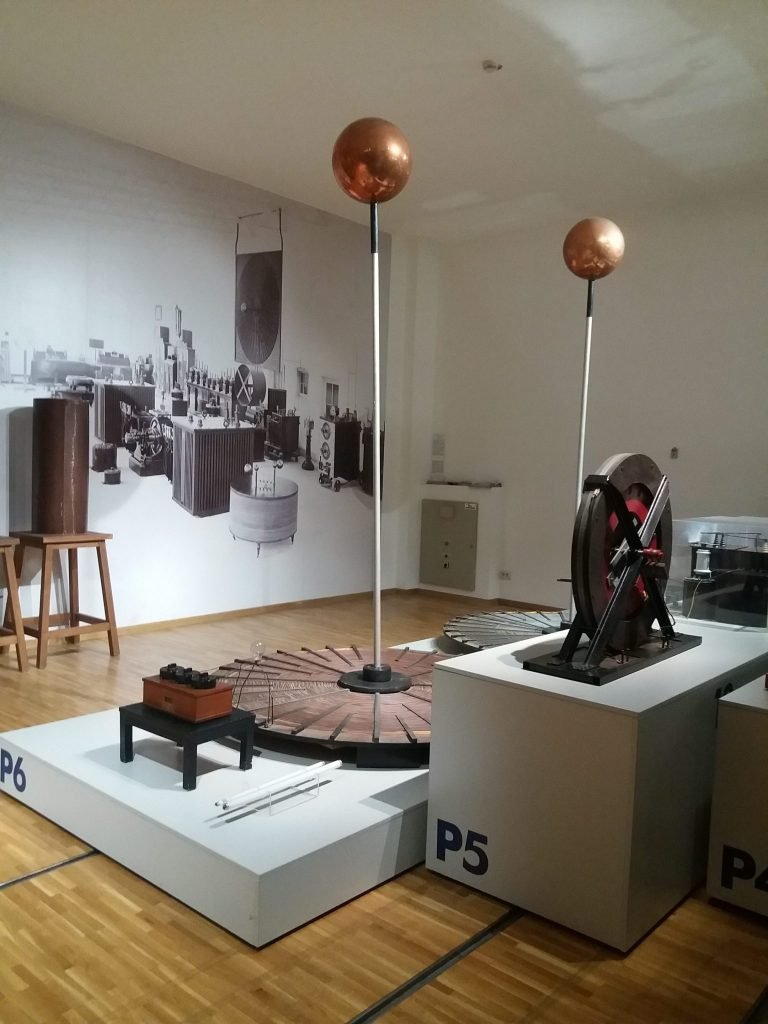
I made a series of posts about this museum, where has many cool and interesting things.
Zagreb’s Technical Museum Nikola TeslaClick here to access all parts
Inductive charging
This charging method uses the same principle of electromagnetic induction applied in transformers. On the transmitter side, an alternate current generator circuit (Transmitter) supplies a transmission coil made of copper, it produces an alternated magnetic field. This field induces an alternate voltage on the copper receiving coil, voltage passes through a rectifier and it’s stabilized to supply the load with direct current.
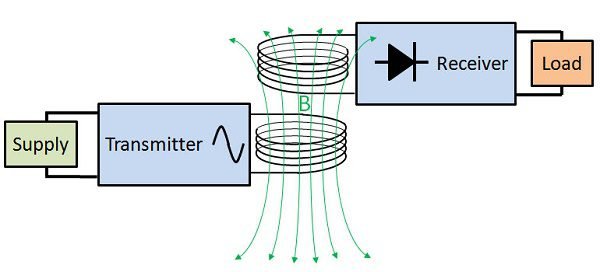
Inductive charging is already applied to charge electronic devices like toothbrushes and smartphones.

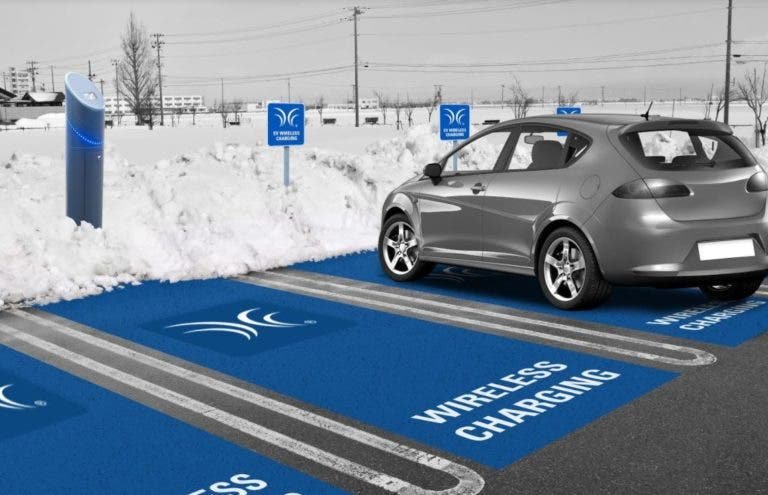
The density of magnetic flux B at a point on the center of a flat circular coil:
B=\frac{\mu _{o}NiR^2}{2(R^{2}+x^{2})^{3/2}}
- \mu _{o} is the magnetic permeability in vacuum, whose value is 1,26\cdot 10^{-6} H/m.
- i, the electrical current.
- R, coil’s radius.
- N, number of turns.
- x, distance between the point and the coil.
Inductive charging only works for short distances. To have more efficiency, coils must be tightly coupled and operate below resonance frequency. If they operate on resonance frequency, efficiency will fall due to heat generation. Resonance frequency will be subject to another post.
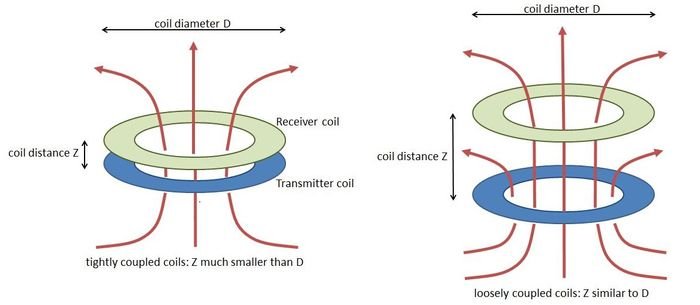
Wireless electrical power transmission by laser
For long distances, means for transmitting wireless electrical power are being researched. The receiver has a monochromatic photovoltaic cell that converts laser light in DC. If necessary, passes through an inverter to becomes AC.
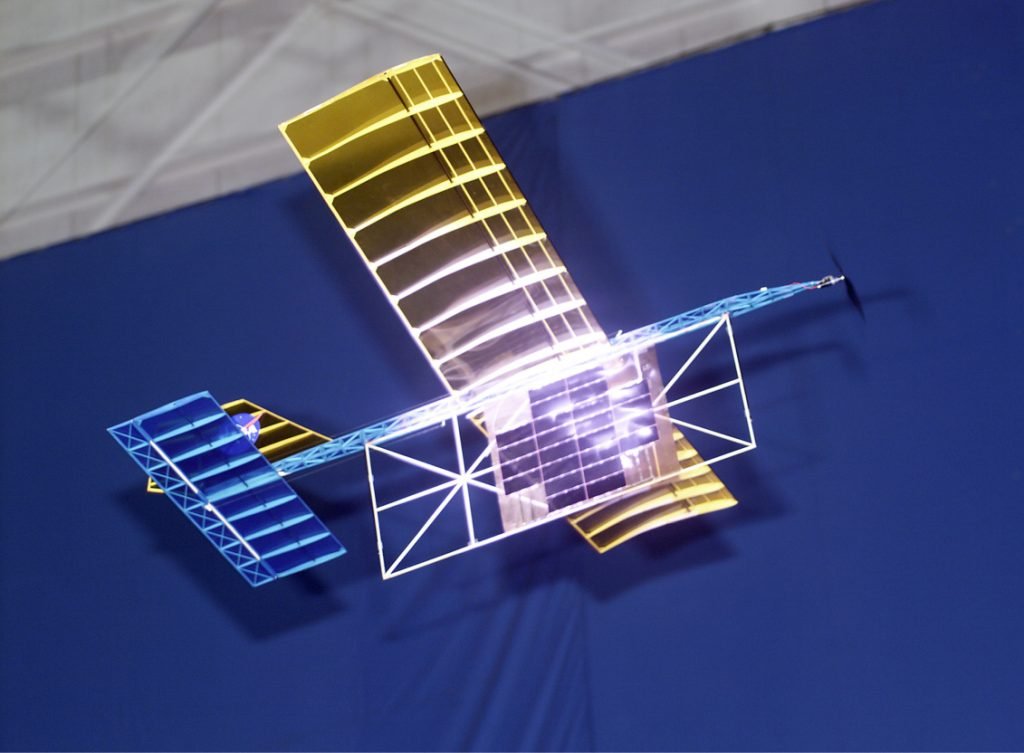
Transmission by laser has good directivity, lower dispersion and doesn’t interfere with other electromagnetic waves used on radio, Wi-Fi, etc. It’s necessary to have an automatic control system to know the receiver’s position in relation to transmitter in real-time. Satellites could receiver solar energy from space, where the intensity is higher because there aren’t losses by atmospheric absorption and reflection, and transmit to Earth by laser beans.
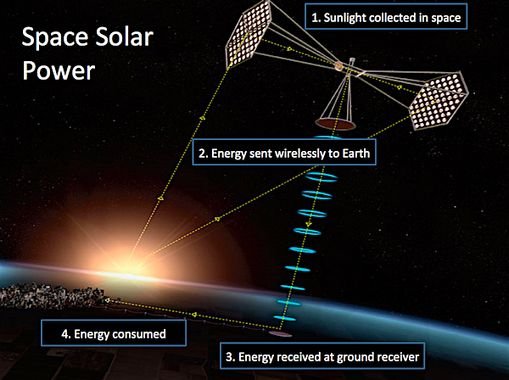
Also exist transmissions by microwaves and resonance, will be explained in another post.

